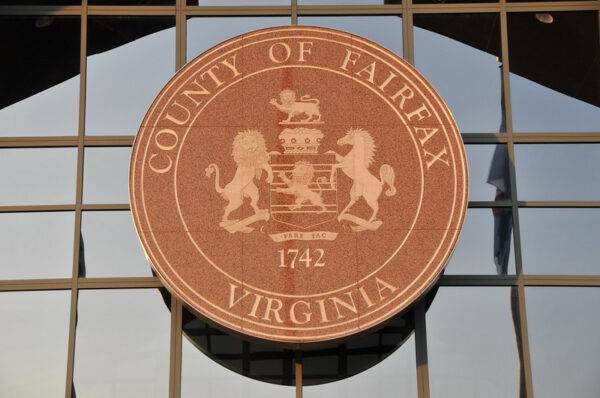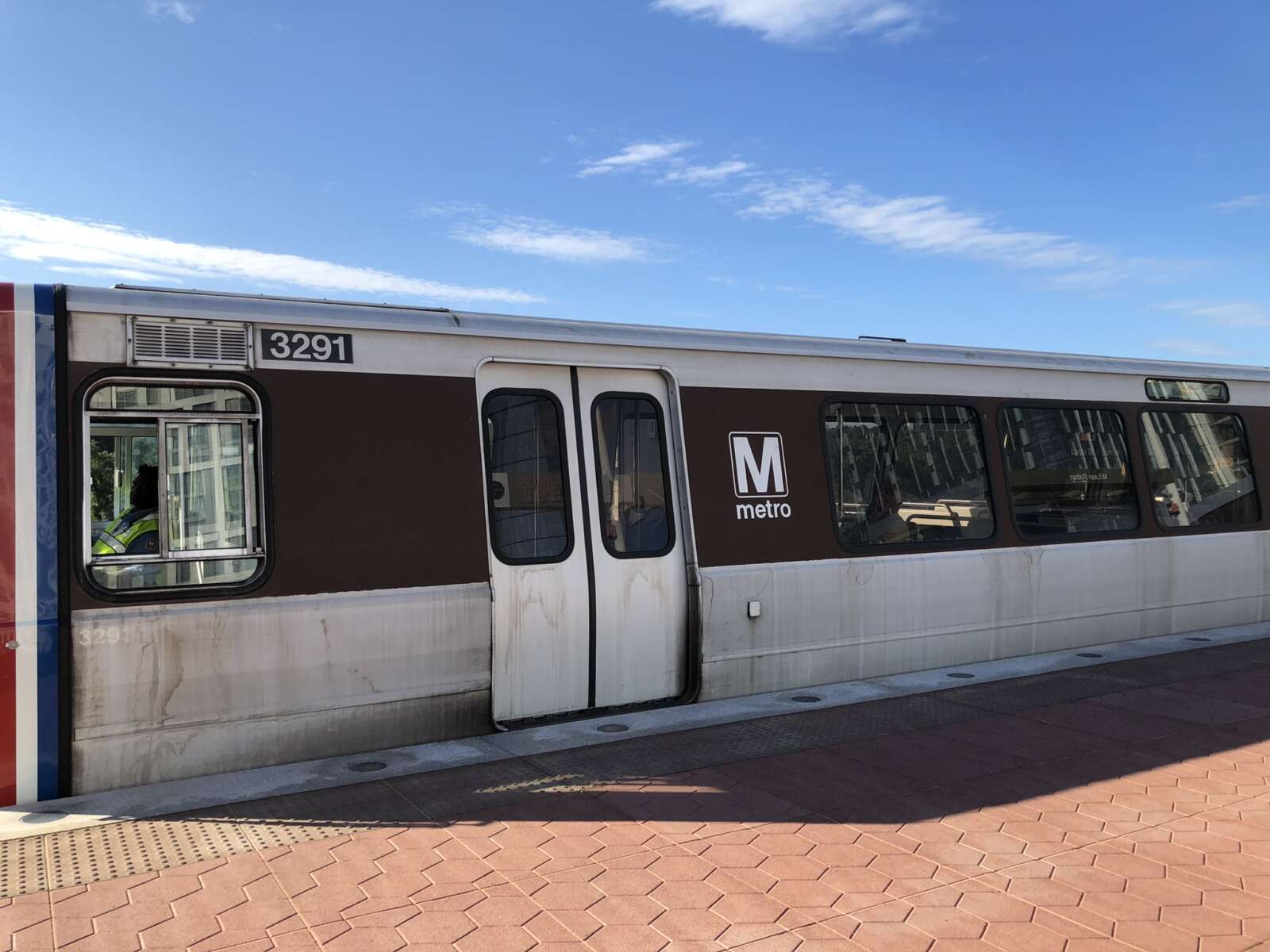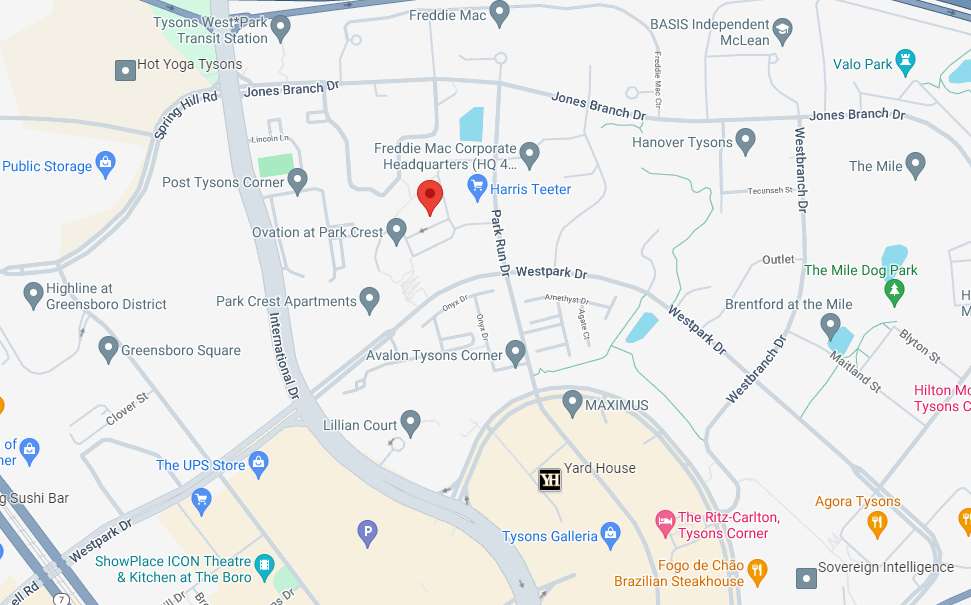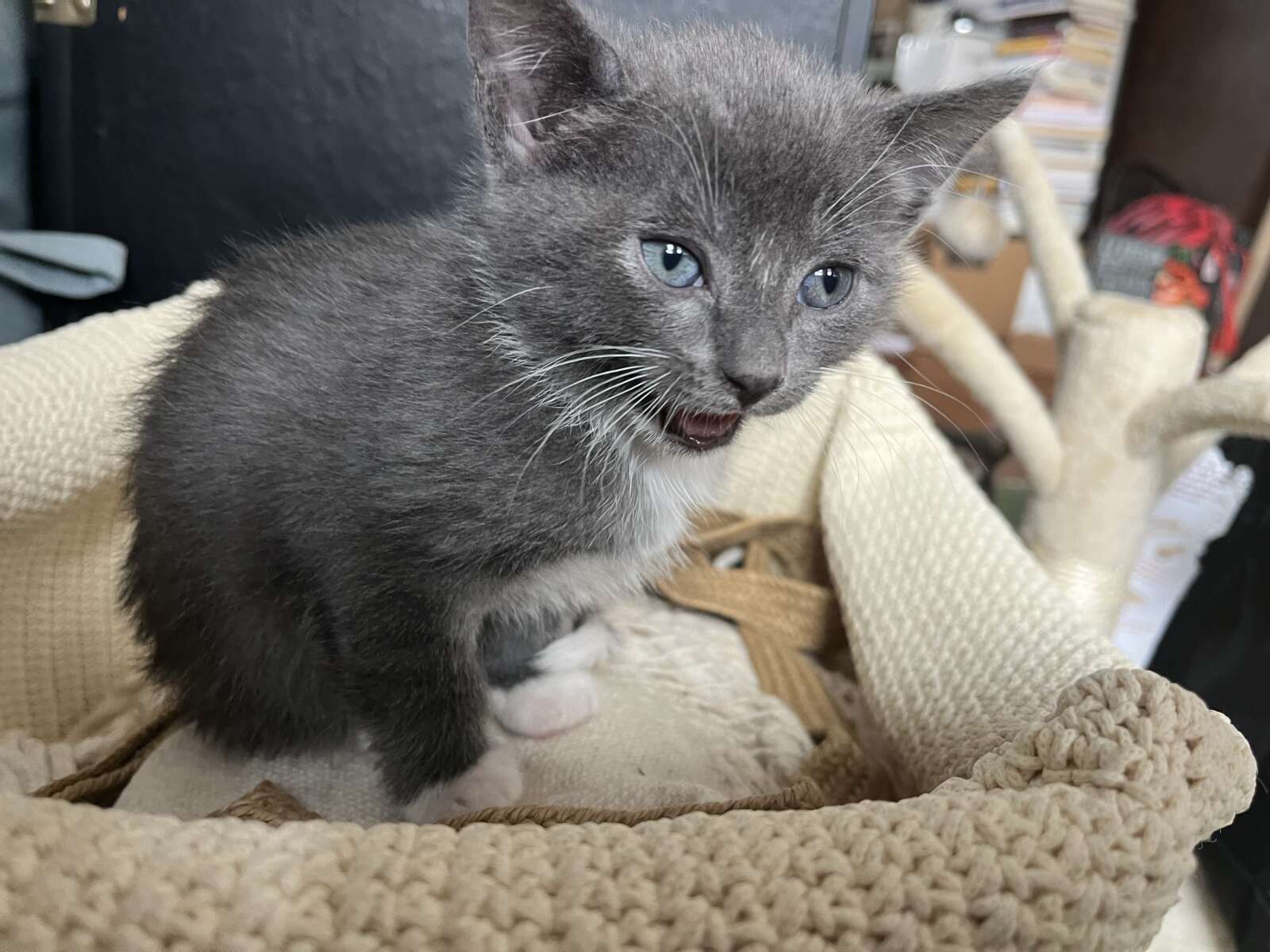
(Updated at 12:25 p.m.) The Fairfax County Government Center, where county policy is created and official functions take place, is an imposing, modern-looking building. Above the main doors is the county seal: a royal-looking crest with lions, a horse, and the date “1742.”
Unlike the building, the seal is of a different time. Adopted seven decades ago, it bears a version of the coat of arms belonging to Thomas Fairfax, the sixth Lord Fairfax and a slaveholding British loyalist who once owned much of the land that makes up Fairfax County today.
As neighboring counties and cities reexamine their logos and symbols, it seems like only a matter of time before Fairfax County faces its own questions.
When asked if there’s been discussion about further research into the county logo, representatives of the Fairfax County History Commission said it’s not on the agenda or a priority right now. The commission is currently undertaking an inventory of local African American history after completing one about Confederate names on public places.
Fairfax County Board of Supervisors Chairman Jeff McKay says, unlike with the use of Confederate names and symbols, officials have not heard any objections to the county seal from the community:
America was unfortunately built in part through the oppression of people of color. We cannot separate this history from Fairfax County, but we can listen to the community on what symbols are continuing to create divisiveness and inequity. Symbols of the Confederacy, for example, do not speak to the County’s values today, so we are working to remove these through the proper processes. Currently, there are ongoing efforts to change road names as well as other Confederate symbols and the Board previously took action to remove the monument of John Quincy Marr from the courthouse. We have not heard from our community members that these same messages are felt from the County seal. We continue to invest significant resources into our historically underserved communities to ensure that everyone has the opportunity to thrive in Fairfax County.
The county selected the seal as its logo in 1949 ahead of an impending visit from the then-Lord Fairfax. It won over a dozen other seals belonging to the Fairfax family due to “its clarity when reproduced,” according to historical documents from Fairfax County Public Library’s Virginia Room.
A county flag with the seal was unveiled on June 13, 1968, the day before Flag Day, in response to repeated requests for a flag from county schools.
“We probably ought to have a Betsy Ross here to get the flag ready for Flag Day,” said Gil Shaw, the flag’s creator and the county’s director of information services at the time. “But the coat of arms of Thomas Lord Fairfax will soon fly over the lands he once owned and which became Fairfax County in 1742.”
Early colonial Virginia land history is admittingly a bit confusing due to the limited availability of written records and a lack of variety in names.
“The famous one, for our purposes, was the sixth Lord Fairfax,” explains Steve Harris-Scott, an assistant professor in George Mason University’s history department and an expert on colonial Virginia history.
“The nobles generally passed on their names to their first-born son, so when they took over the title, they were all the same names,” he said. “There was a Thomas Fairfax, first Lord Fairfax, then there was Thomas Fairfax, the second Lord Fairfax, etcetera.”
The sixth Lord Fairfax was born in England in 1693 to the fifth Lord Fairfax and Catherine Culpepper.
Through his mother’s side, he inherited about 5 million acres of land in 1710 known as the “Northern Neck,” which encompassed today’s Fairfax County. Taken from the indigenous people who had lived there for centuries, the land was a gift to Catherine’s father, Thomas Culpepper, from the restored King Charles II for his support during the English Civil War.
“[This land] is essentially bordered by the Rappahannock [River] on the south and the Potomac on the north,” Harris-Scott said.
However, Fairfax spent most of his life in England and didn’t move to Virginia until 1742, the date on the county’s logo. He also may never have resided in what is now Fairfax County, according to Harris-Scott.
“There’s definitely no evidence that he ever lived there,” he said. “Folks like him would have traveled his parcel of land pretty significantly…but he lived on his plantation out in the [Shenandoah] Valley for most of his life [in the colonies].”
Fairfax was certainly in Virginia when rumblings of a revolution began, and in 1748, he even hired a 16-year-old George Washington to survey land, becoming a mentor to the future founding father.
But Fairfax was indisputably a British loyalist. His entire livelihood was tied up in an enormous swath of land given to his family by an English king. He knew that, if the Brits lost the colonies, he would lose everything.
“He would have seen the writing on the wall,” Harris-Scott said. “If the colonists win this, his land holdings are going to be in trouble, whereas if the British retain [the colonies], his land holdings would remain intact. That was a pretty easy calculation for him to make.”
He also enslaved at least 97 people on several plantations, according to a recent history. Harris-Scott thinks that count is probably low.
“Those are people that we can prove because either we find a list or a census,” he says. “The usual is that whatever number those say is almost definitely low.”
Harris-Scott estimates that Fairfax enslaved more than 100 people across his various residences and plantations. His attitude towards the institution of slavery was likely rooted in self-interest.
“My sense is that he would have treated slavery very much like Washington treated slavery,” says Harris-Scott, “which was, ‘This is a fundamental part of my business and very fundamental to my lifestyle.’ I think he would have been supportive of the institution of slavery and never thought too deeply about it.”
There were abolitionist movements across the colonies particularly later in Fairfax’s life.
“Fairfax definitely lived in a period of knowing that there was abolition out there and there was a turn against slavery, especially the slave trade,” Harris-Scott said. “[He] had another choice at that point.”
Of course, war did eventually break out, and the colonists won independence from the English crown. 82 years old in 1776, Fairfax remained a British loyalist until his death in 1781, which preceded the American Revolutionary War’s end.
While he never joined the colonists, Fairfax’s history with Washington likely kept him comfortable. During the war, Virginia and many other states confiscated land from loyalists, including Fairfax, but he was able to keep a small portion due to his friendship with the first president.
“I’m sure his land got significantly reduced, but compared to other loyalists, who usually got to keep nothing and got no compensation, he was certainly better off than most,” Harris-Scott said.
Harris-Scott says he doesn’t feel “overly qualified” to comment on whether symbols associated with Fairfax properly represent the county today, though he calls Fairfax a more nuanced figure than Robert E. Lee, whose house adorns Arlington County’s now-in-flux logo.
Nonetheless, he believes it’s worth investigating and debating to come to a better understanding of this history.
Said Harris-Scott,”I believe that’s something we should be really clear-eyed about.”
Courtesy of Machvee/Flickr





